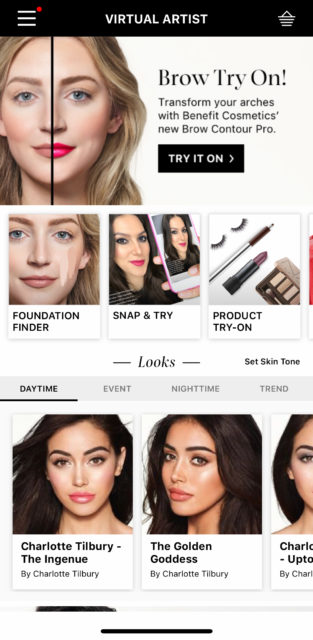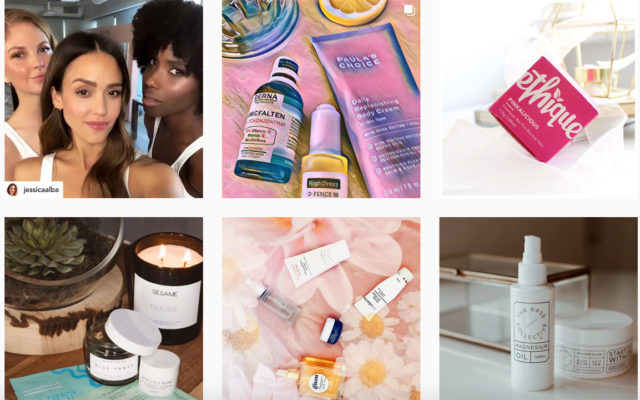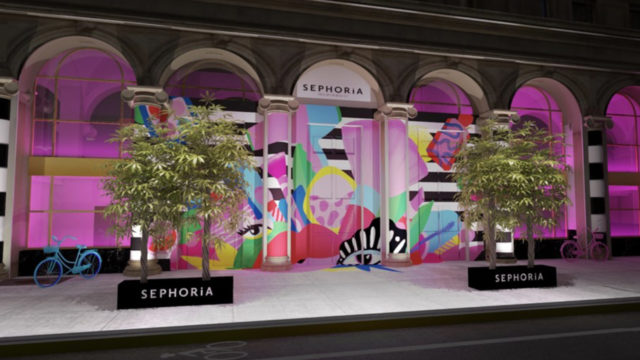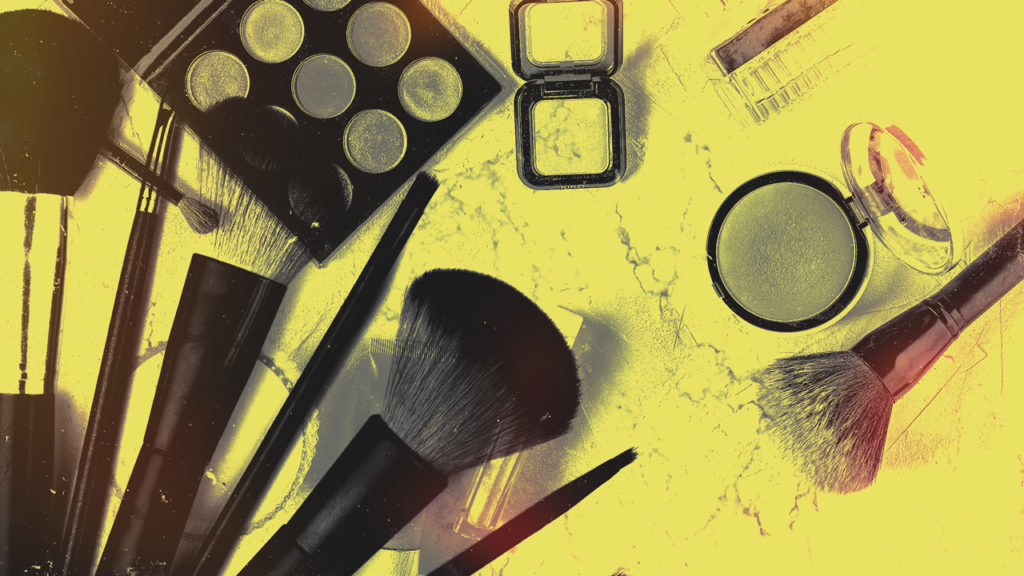As the beauty market is getting increasingly saturated, the competition is getting tougher and brands have to be on their toes with effective marketing strategies to stay in the game. From Instagrammable stores to conversation–sparking content on social channels–they must flex their creative muscle to deliver spectacular campaigns.
The most successful of these brands know that the way a product is discovered and hyped about is more important than, well, the product itself.
With that in mind, let’s look at how the leading cosmetic brands are successfully winning their audiences in 2019.
Doing More With Influencers
Per a survey from an influencer marketing agency, Mediakix, 2019 is a year of rapid growth and innovation for the influencer marketing industry. In fact, the survey predicts a 65 percent increase in spending on influencer marketing this year. With the beauty industry relying heavily on influencers to spark brand interest, this may be especially true for this vertical.
And it’s not just about sending out beautifully crafted PR boxes anymore for review—brands are starting to take more creative approaches to create content that includes influencers.
“The Face Awards” by NYX is a great example of this, with professional beauty vloggers and everyday makeup enthusiasts battling for recognition of their makeup prowess. The climax of the campaign is the “Beauty Vlogger of the Year” award, which is an audience-selected award for the best video.
Creating Useful (And Fun) AR Experiences
The global beauty market is predicted to grow to $750 billion by 2024, according to Inkwood research and taking in consideration the beauty industry being one of the most trends-driven, it’s only natural that cosmetic companies are trusting innovative technology to remain competitive.
One great example of this is by Sephora. Sephora’s Virtual Artist AR feature allows Sephora app users to virtually try on the various lip, eye and cheek make-up; inspires them with looks created by Sephora artists and offers other innovative perks, such as virtual make-up tutorials and color match tool.

Neutrogena’s MaskiD is another great example of using technology in beauty marketing. An app offered by the company analyzes the user’s face, measures the size of it and creates a custom mask to fit, at the same time suggesting targeted treatments. All the masks have unique shapes and color patterns to cater to different skin needs.
Consumers are looking for more and more personalized experiences and products. With the help of new technology, brands are able to create such deep personalized experiences for them to boost customer satisfaction and drive sales.
Retail Remains Important For Beauty
Needless to say, today, the retail environment is shaped more by how people consume than by what they consume. Reports show that a huge chunk of today’s consumer force cares a lot about their in-store experiences. According to the report, the retail experience encouraged 41 percent of the study participants to buy, while only 10 percent were influenced by a brand’s website.
Giorgio Armani Beauty recently created an elaborate pop-up experience in Los Angeles with Armani Beauty Box. The scarlet red shop was “guarded” by a giant golden gorilla statue, named Uri, which was the creation of Italian artist Marcantonio Raimondi Malerba. The full-sized gorilla is a replica of the one Giorgio Armani has at his home in Milan.

The pop-up store celebrated Hollywood glamour and offered Instagrammable experiences in front of the mirror in a movie director’s chair, red carpet moments with newly introduced products and virtual makeup application stations and iPads set to record and post guests’ makeup consultations on social platforms.
Empowering Micro Influencers
During her live interview with Kara Swisher’s for Swisher’s Recode Decode podcast, Emily Weiss, the Glossier’s founder and CEO said, “At Glossier, something we’ve always stayed very true to, since pre-launch, day one, is that every single person is an influencer.”
The brand known for “millennial pink” packaging has made ubiquitous the Instagram “Top Shelfie” via its media site Into The Gloss, elevating the everyday beauty routine to something akin to high art.

Similarly to Glossier’s philosophy, Sephora’s “Sephoria” event was a place where everyone received the influencer treatment. Guests were able to mingle with celebrities and well-known beauty and fashion bloggers and walk through an Instagrammable experience featuring the many brands lining the walls at Sephora’s retail stores.

What is great about these approaches is that both Glossier and Sephora believe that making a regular customer an influencer doesn’t take away from the brand’s exclusivity, but actually translates into giving their fans a voice and empowering them.
Turning To The Inner Forces
Diversity and authenticity are among the main values of the contemporary consumer. They expect the brand to have and demonstrate core values, as well as being inclusive and mindful. Some brands understand this quite well and demonstrate these qualities in campaigns featuring their own talented employees.
French beauty care brand, L’Occitane. L’Occitane also shined a light on their employees with a “No Filter Needed” campaign which ran in February. Featuring 10 of its employees from a variety of departments and specialties across the company—from in-store teams to their supply chain—and representing women across age ranges.
Caroline Le Roch, L’Occitane regional managing director, told Glossy that this move was rather strategic, as it ties back to larger company initiatives.
“Sustainability has been at the heart of our brand,” she said. “And for us, women’s empowerment is a key component in that. We feel that gender equality in the workplace and women feeling they are part of the bigger decision-making process are extremely important. We wanted to highlight that here, by showing how powerful our women are.”

